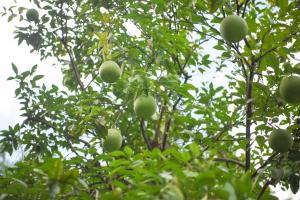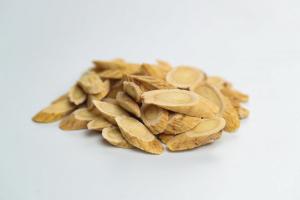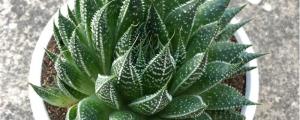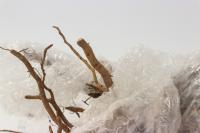1、 Curing method
1. Sunshine: Chlorophytum is a relatively shade loving plant. When breeding, it can be placed in a place where there is no light for a short time. When the sun is fierce in summer, you should pay attention to shielding. It can be placed in a semi shade place at ordinary times
2. Watering: when breeding, try to keep it moist. It likes the humid growth environment very much, and hydroponics is also OK. If it is soil culture, it is better to pay attention not to produce ponding, especially in winter, and strictly control the amount of watering
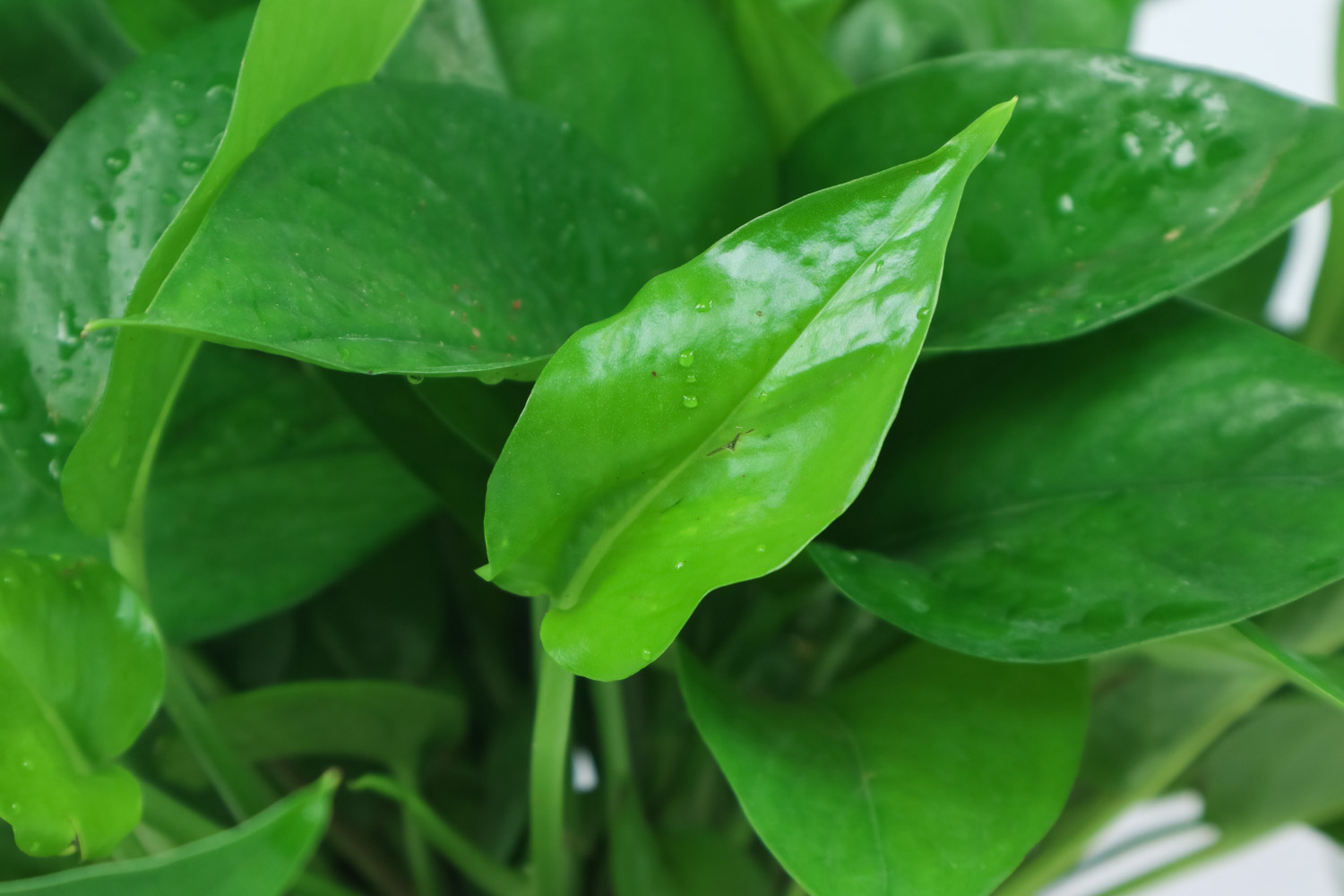
3. Temperature: it is a kind of plant that likes warm and humid environment. The best breeding temperature is between 20-24 ℃. Pay attention to temperature control in winter and summer. Too high will lead to yellow leaves, too low will even stop growing
4. Fertilization: in spring and summer, it is the season of vigorous growth. At this time, enough fertilizer should be applied to it. In autumn and winter, its growth begins to slow down. At this time, it is mainly leaf fertilizer or liquid fertilizer, and the amount of fertilization should be reduced
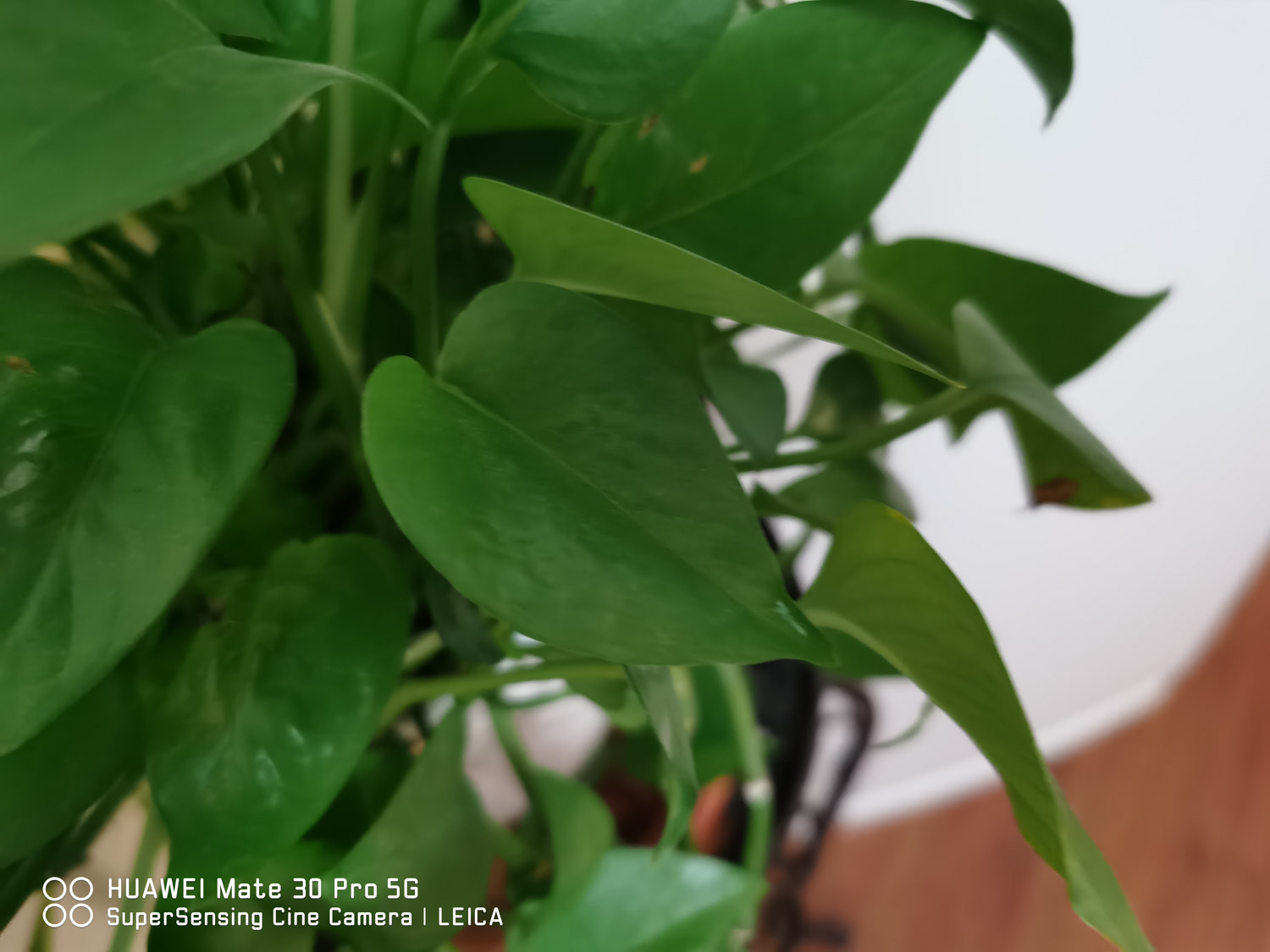
2、 Breeding skills
1. Pruning: Generally speaking, the growth of Chlorophytum corolla is relatively random. Usually, when pruning, we need to pay too much attention to the problem of modeling to ensure its growth quality. When its branches grow too long, the part with a length of more than 20cm can be reduced
2. Changing the basin: the steps of changing the basin of Chlorophytum Chlorophytum are also very simple. First, take it out of the original soil, gently drain the soil at the root, and it doesn't matter to keep it. You should also pay attention to cutting off the rotten and dried roots, and it's best to soak it in carbendazim solution. After drying, it can be directly put into the basin. It is better to add some organic fertilizer to the new soil
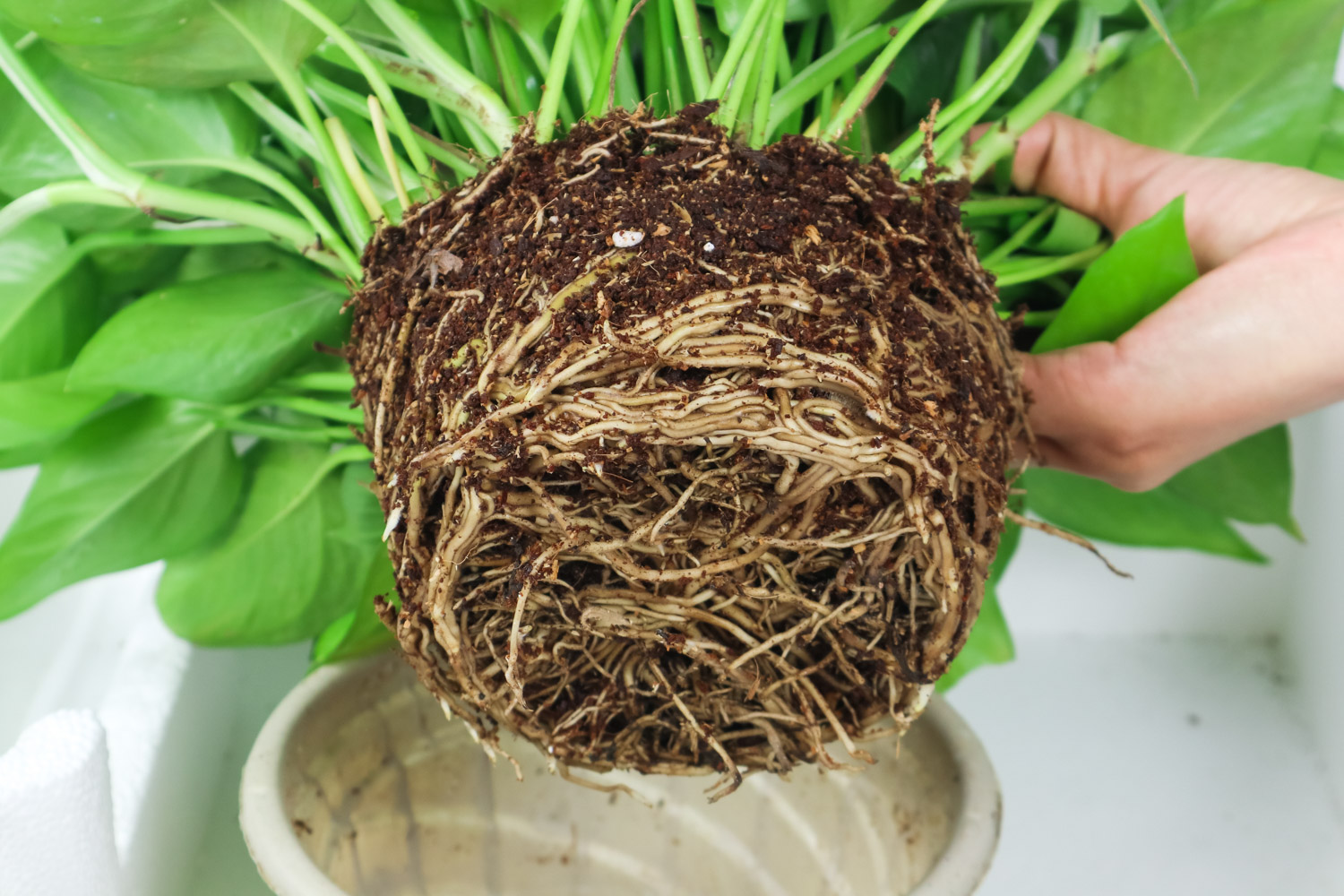
3、 Diagnosis and treatment problems
1. Yellowing of leaves: there are many reasons for yellowing of leaves. The more common ones are too much fertilizer or insufficient water. It may also be the formation of rotten roots caused by long-term ponding. If the root burning of fertilizer is serious, you have to change the soil and properly control the water imbalance
2. Diseases: common diseases of Chlorophytum and green pineapple include root rot and leaf spot. Most of the reasons are due to not paying attention to ventilation during breeding. Timely cut off the diseased leaves and spray carbendazim solution, and maintain the ventilation of the breeding environment
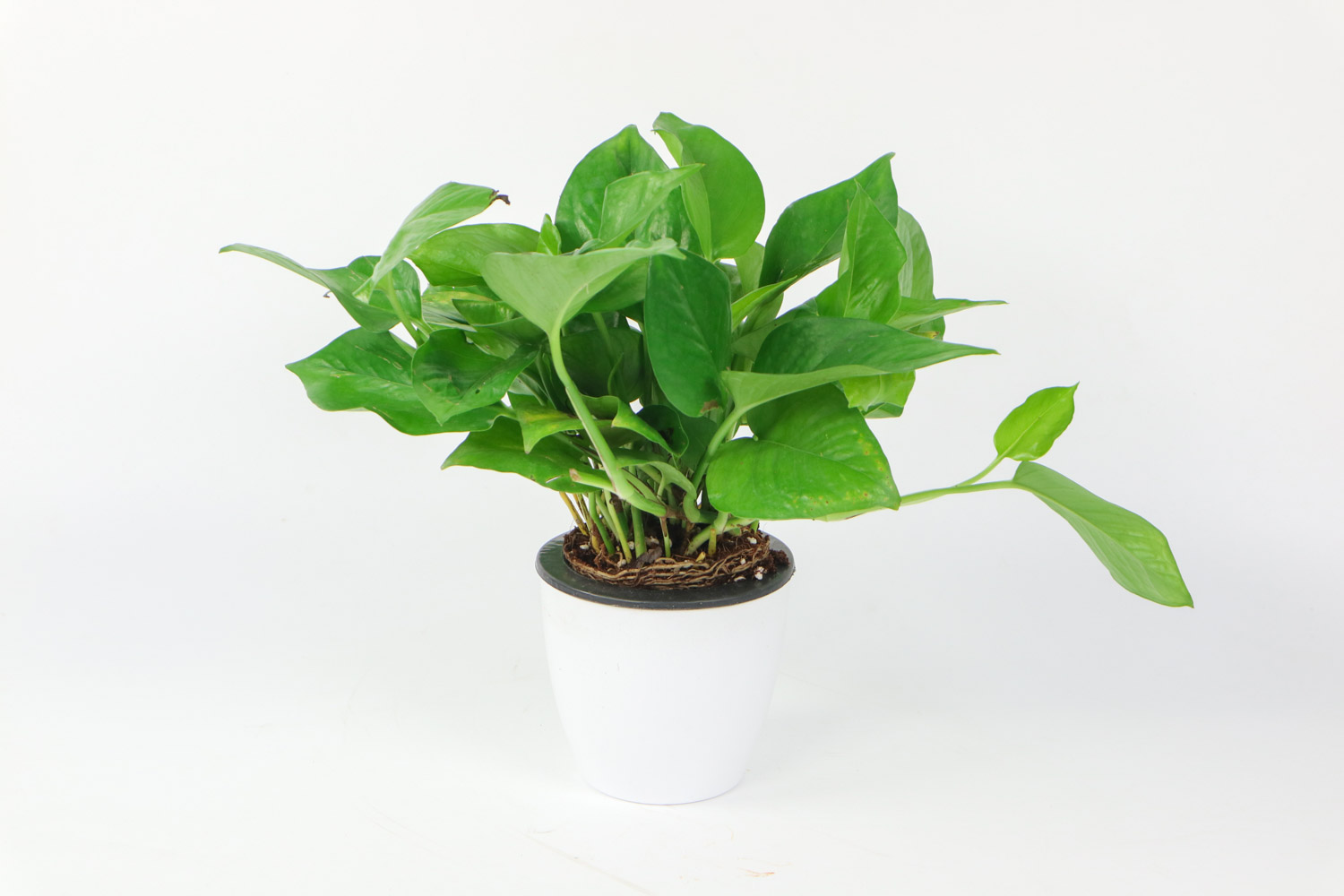
4、 Other issues
1. Whether it can be raised in the bedroom: it is OK to breed anywhere as an ornamental at ordinary times, but it should be noted that it will consume oxygen at night. If the bedroom space is small, it is better to open the window for ventilation or not to raise it
2. Toxicity: there is no problem in daily breeding, but its juice is slightly toxic. If it comes into contact with the skin, there will be redness, swelling and itching. You should pay more attention to it at ordinary times
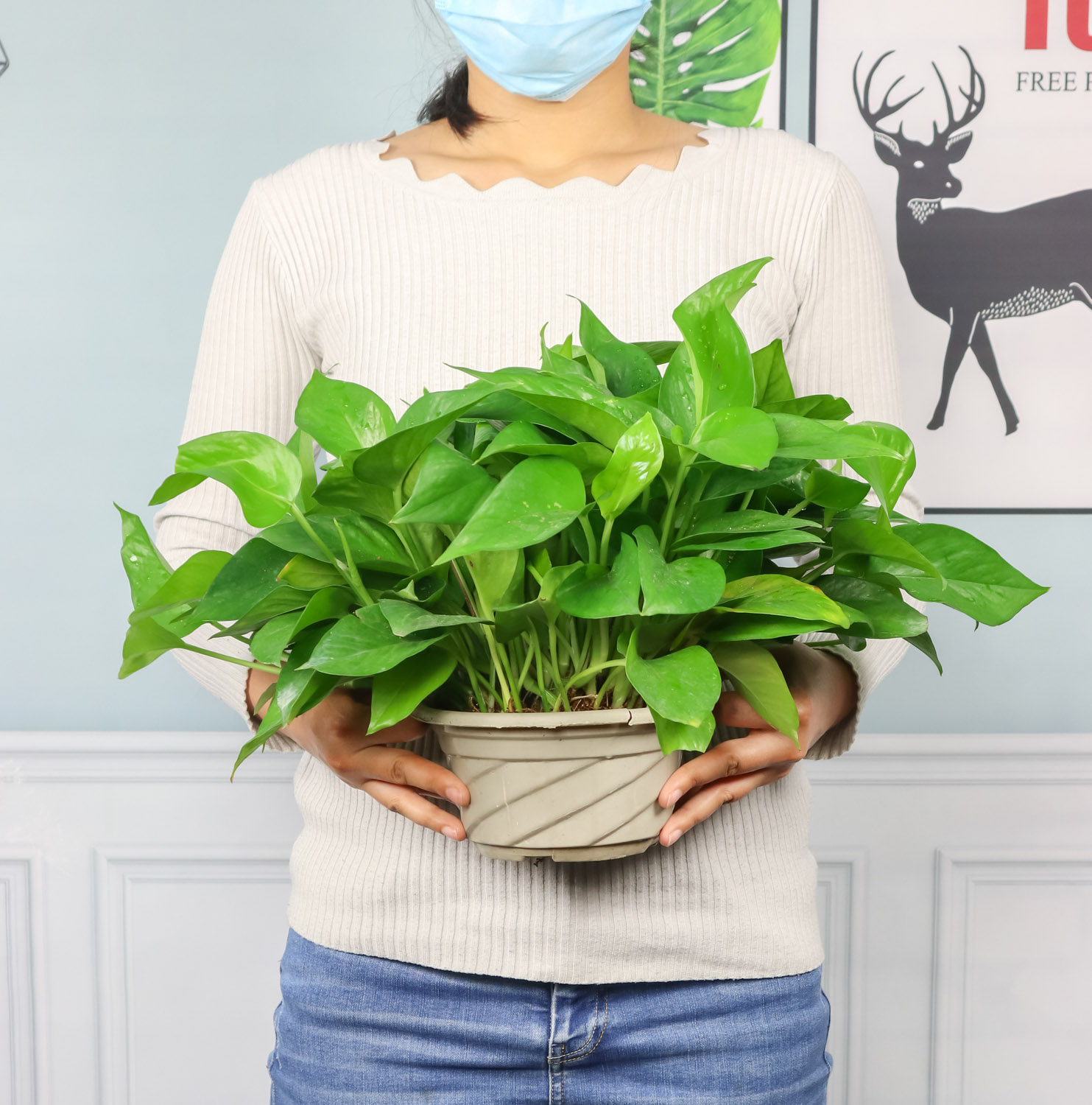

 jackfruit
jackfruit snake plant
snake plant hibiscus
hibiscus hydrangea
hydrangea lavender
lavender Green roses climb al...
Green roses climb al... If you don't pay att...
If you don't pay att... Management of four g...
Management of four g...